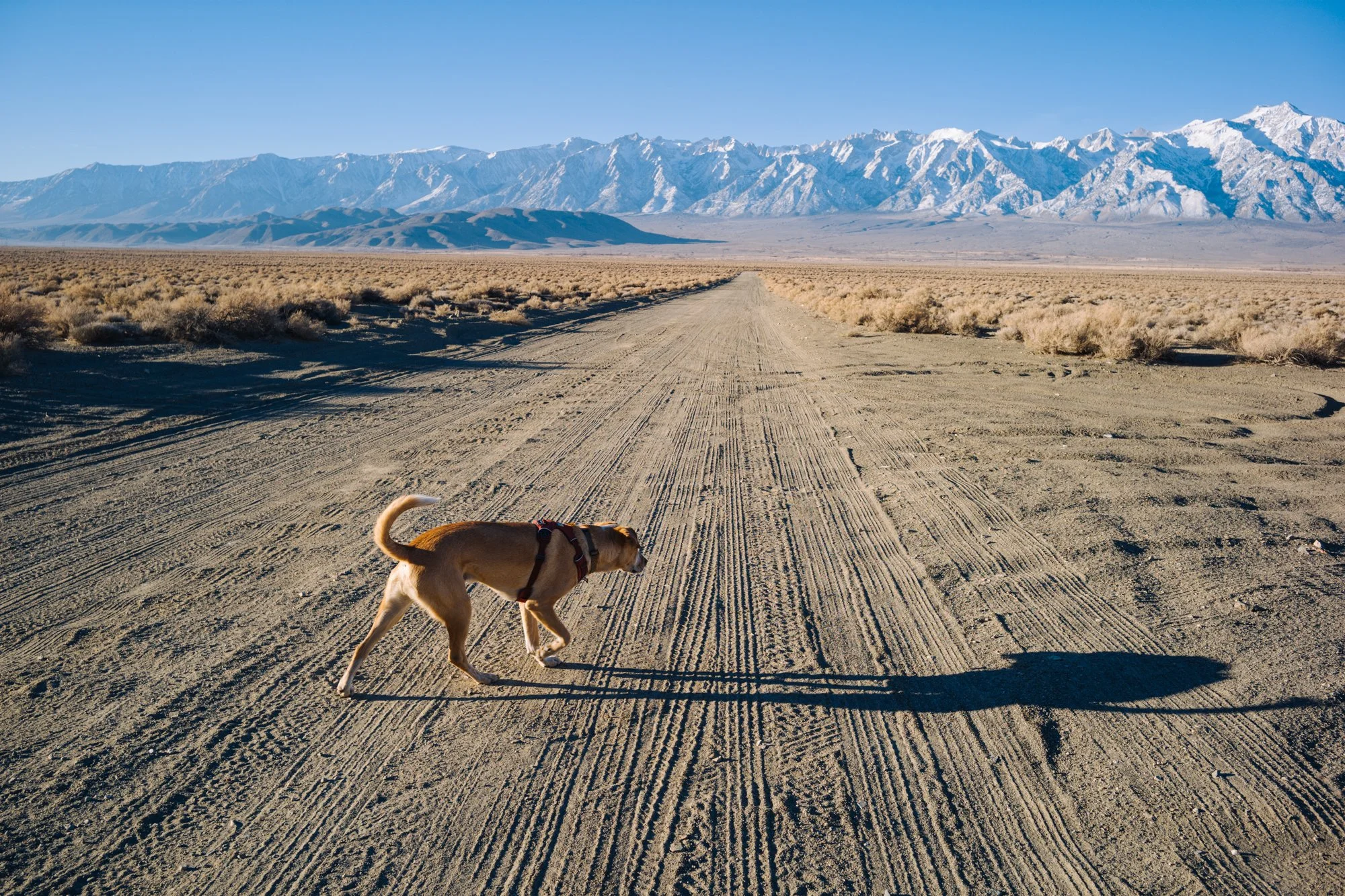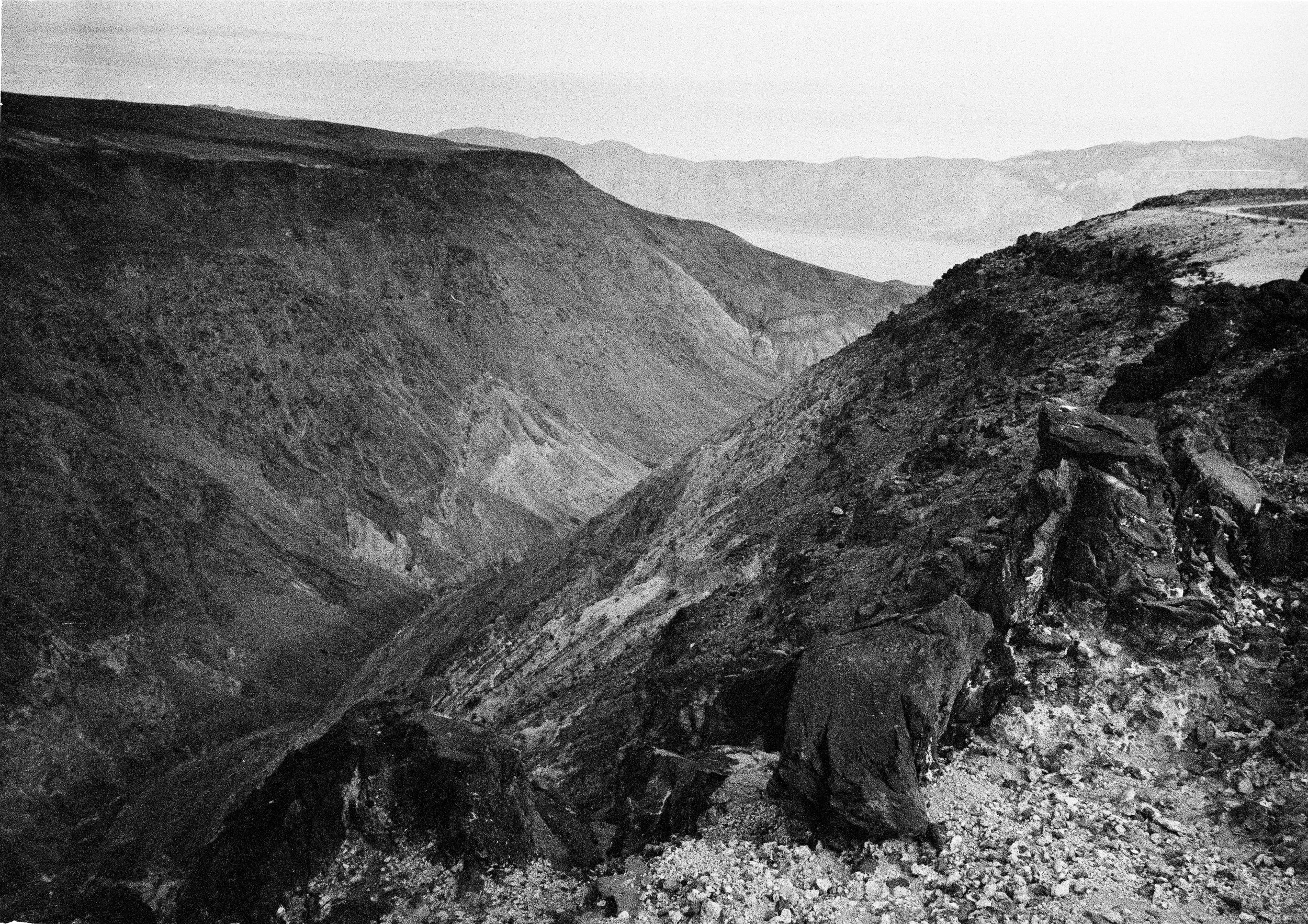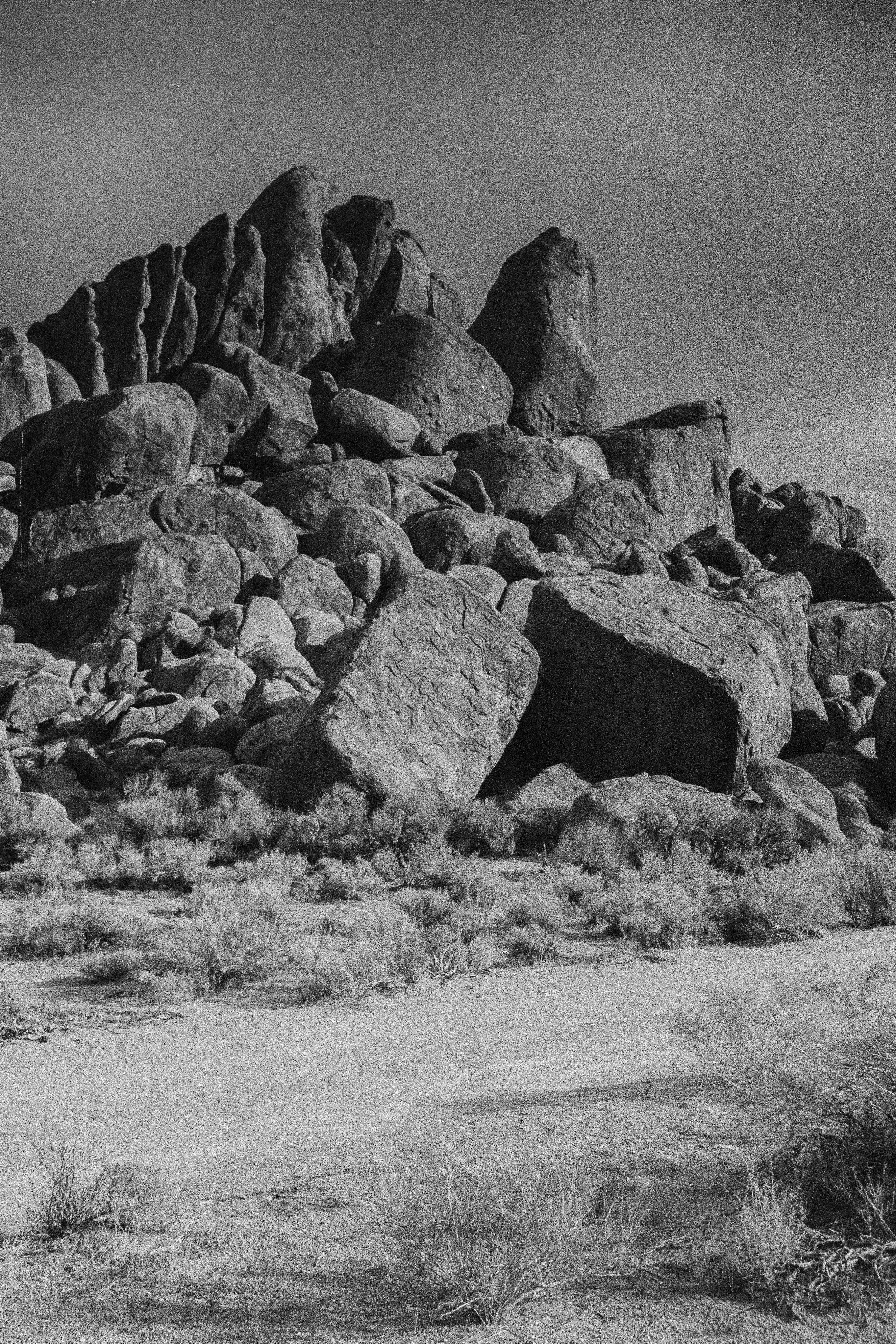24 Hours In And Around The Owens Valley
My favorite place in the world. And it’s not even close.
The Eastern Sierra, Owens Valley and surrounding deserts of the Mojave have long been a second home for me. My entire life I’d spend family camping trips through these regions, and even while sitting at home in Los Angeles as a kid I’d look up on the walls filled with my dad’s darkroom prints of these landscapes.
When I’d finally become old enough to drive, I’d often head out here for weekend camping trips. I’ve spent weeks at a time exploring these areas by 4WD, mountain bike, and by foot.
However, it has been since early March of 2020 that I’ve returned. Nearly three years. Because of that dang pandemic, moving, college, and countless other factors that have kept me out of the area, I have been longing for a return. So, when I had an extra two days off work on my birthday right before we would drive from Flagstaff, AZ to Los Angeles for Christmas, we made a pitstop for one night in the Owens Valley.
Our plan was a simple one. Leave home in Northern Arizona as early as possible, drive through what I would consider the best National Park I’ve ever been to, Death Valley, then drop down into the Owens Valley. Because it was already late December, we were forced to sticking in the lower regions as snow had already flooded the Sierra. We also had a Subaru full of crap, everything from Christmas gifts to our city clothes for our week in NYC that we were setting off on in only four days, so we unfortunately could not make any room for additional camping gear.
I paired my digital, color images from the Leica M10 with 35mm Black and White Kodak P3200 through the Leica M6
Our drive through Death Valley was brief. Dogs are unfortunately not really accepted well within National Parks, so we could not hike. Dogs are basically allowed wherever cars are, so we made a few pull-outs as we made our way westward. A picnic at the top of Silver Canyon made for a nice way to reset before dropping into Lone Pine on the other side of the valley.
The Owens Valley
A rather desolate place today since the relocation of the entire valley’s water to supply the city of Los Angeles. (If this is something that interests you, I recommend reading Marc Reisner’s Cadillac Desert) The valley sits with 14,000-foot peaks running along both the east and west sides. Lining the west side of the Owens Valley are the Eastern Sierra Nevada Mountains, while the east side is made up of the Inyo Mountains.
In the summertime, the Eastern Sierra make for a nice escape from the daily heat down in the valley below. However, it was the heat we were in search of here during our December visit, and more importantly, somewhere we could hike that wasn’t covered in snow. So, upon our arrival into the valley we made our first stop at the Alabama Hills right outside the town of Lone Pine. The Alabama Hills have long been an overpopulated recreation area that was filled with RV’s and Sprinter vans 365 days of the year. Now, I’ll save my distaste for these forms of outdoor exploration for another time, but over-use of an area like this one can lead to rapid destruction of the land, as was happening for years. Finally, around 2021, the camping availability in the area has been substantially limited in order to preserve the land. Many of the sites that were within an easy reach for dispersed camping have now been designated ‘Day Use Areas.’ There are still some camp sites to be had, but soon one will need to obtain a free permit, according to the Bureau of Land Management, to acknowledge the rules of the area.
What does this mean for us? We got to spend a beautiful day hiking throughout this incredible, rock-filled landscape that sits right at the base of the tallest peak in the lower-48, Mount Whitney, without any crowds. Rider, Sami and I scrambled through the giant boulders for a few hours until the sun dipped behind the Sierra. We then packed up and checked into our motel in town. We were in bed early because we had a big morning planned the next day.
Pat Keyes Trail
If you want something steep to hike with some of the best views of the Owens Valley and no one around, this is your trail. Also, this was a perfect one to hike in the winter. We had no snow the entire way and it was even warm enough for just a thin cotton long sleeve and pants. The landscape here on the Inyo side of the Owens Valley is very different compared to the far more water dependent ecosystem of the Sierra side. Because of this though, there is no water to fill from on this hike.
Now, this trail is long in its entirety. We had a time constraint and a dog with us (who might be a better hiker than us but we often end up turning back to give him a break on the strenuous hike we bring him on) so we turned back after a handful of hours. Now, when I say this trail is ‘long,’ I mean in time. You don’t cover many miles along the Pat Keyes, but you do gain quite a bit of elevation.
This area is quiet, too. We saw no one anywhere near us after turning off Highway 395 at Manzanar. The last person to sign into the visitor log at the trailhead was over three weeks earlier. Take this into consideration when attempting this hike. Pack plenty of water for everyone in your group, including your four-legged fury friend if you intend on bringing them along. And if you have one, pack a satellite phone/GPS because chances are that if something happens, no one will be around for some time to find you.
And with our near vertical hike complete, our 24 hours in the Owens Valley had reached an end. We stopped for a quick bite to eat in Lone Pine before pulling off at Gus’s roadside beef jerky stand. It was a short but needed trip to the area and I’m thankful we were able to make it happen. This valley has meant a lot to me throughout my life and since moving away from California I have missed it immensely. We are currently planning a move back to LA and this trip helped me remember that even though the craziness of Los Angeles can make you feel stuck at time in the day to day, this safe haven for outdoor recreation is only four hours away, an easy distance to travel for a weekend escape from reality.























